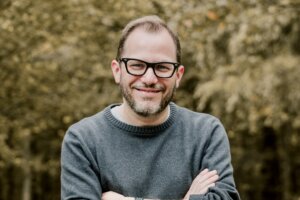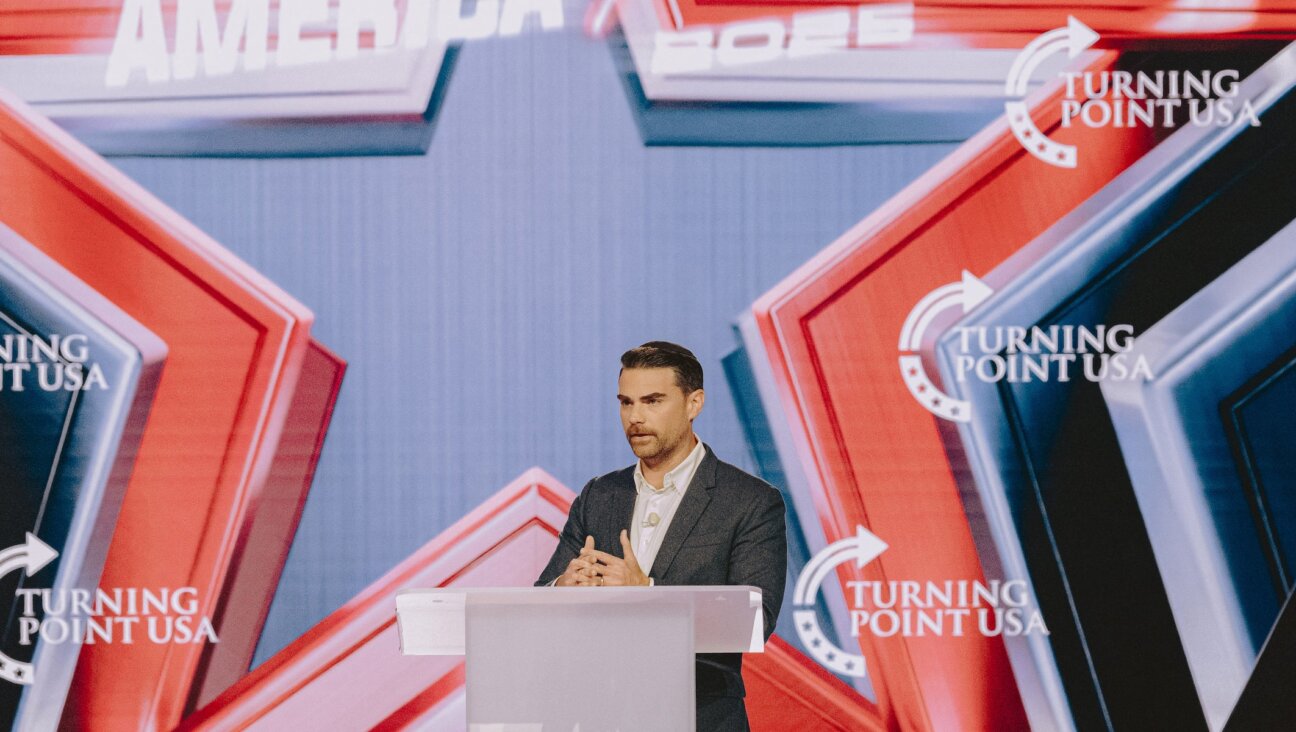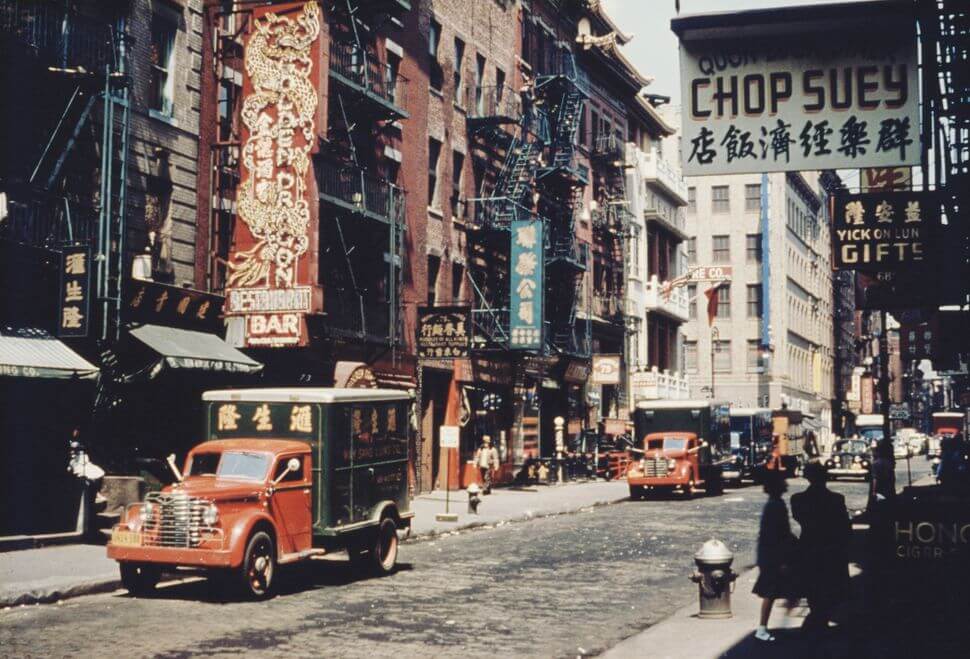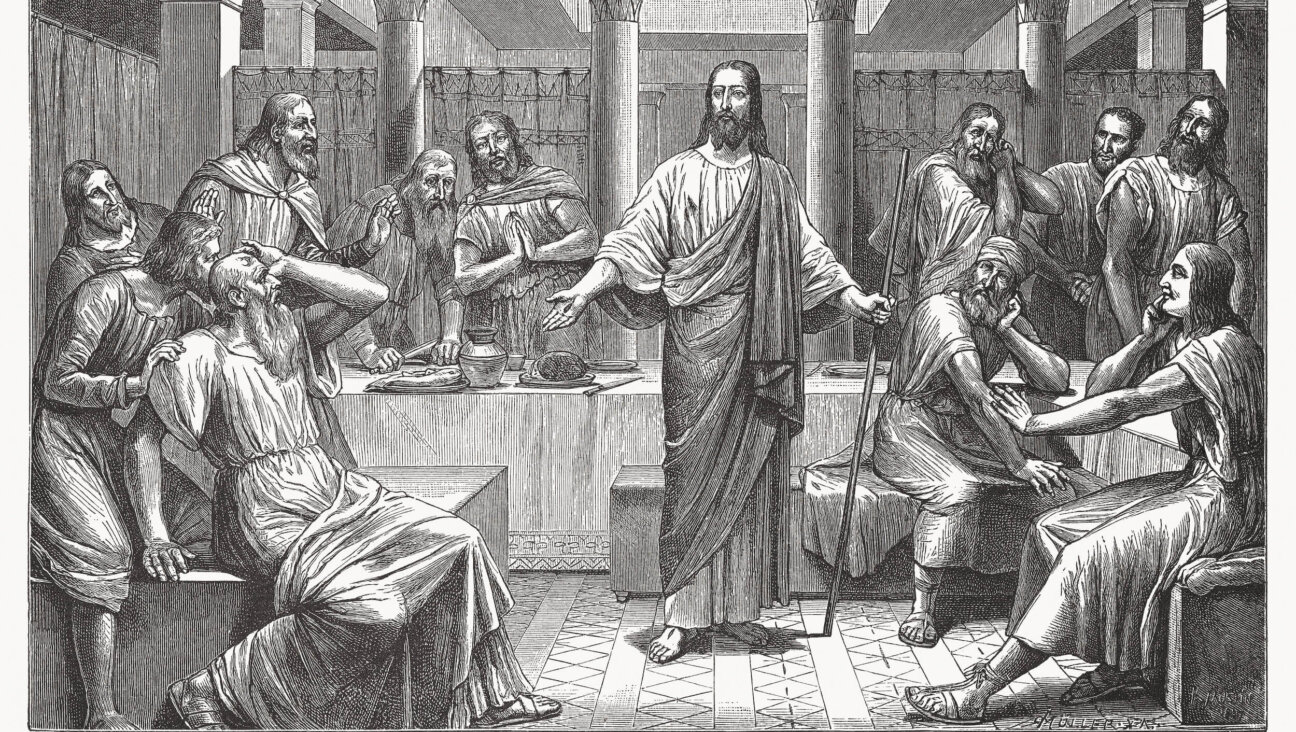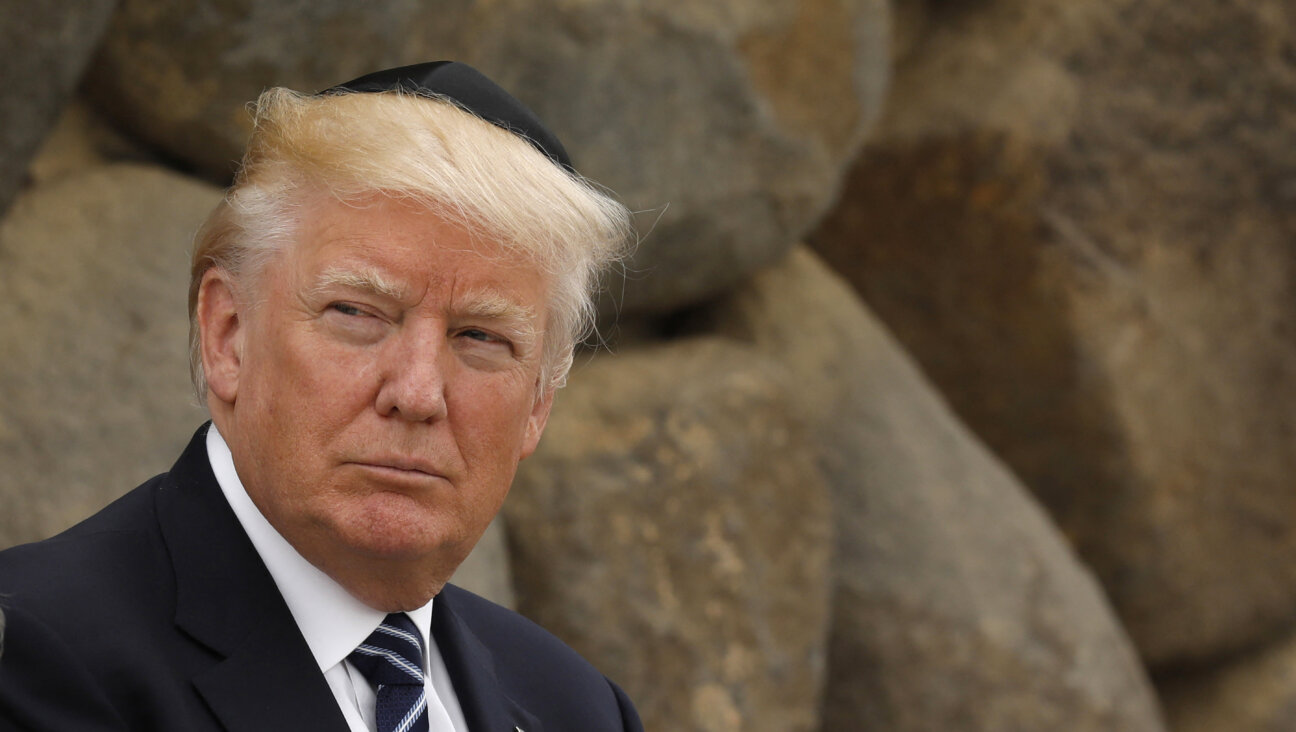Famed architect Frank Lloyd Wright built only one synagogue. It’s now a growing congregation.
Designed to echo Sinai, Frank Lloyd Wright’s only synagogue now houses a flourishing community — defying demographic trends and architectural odds
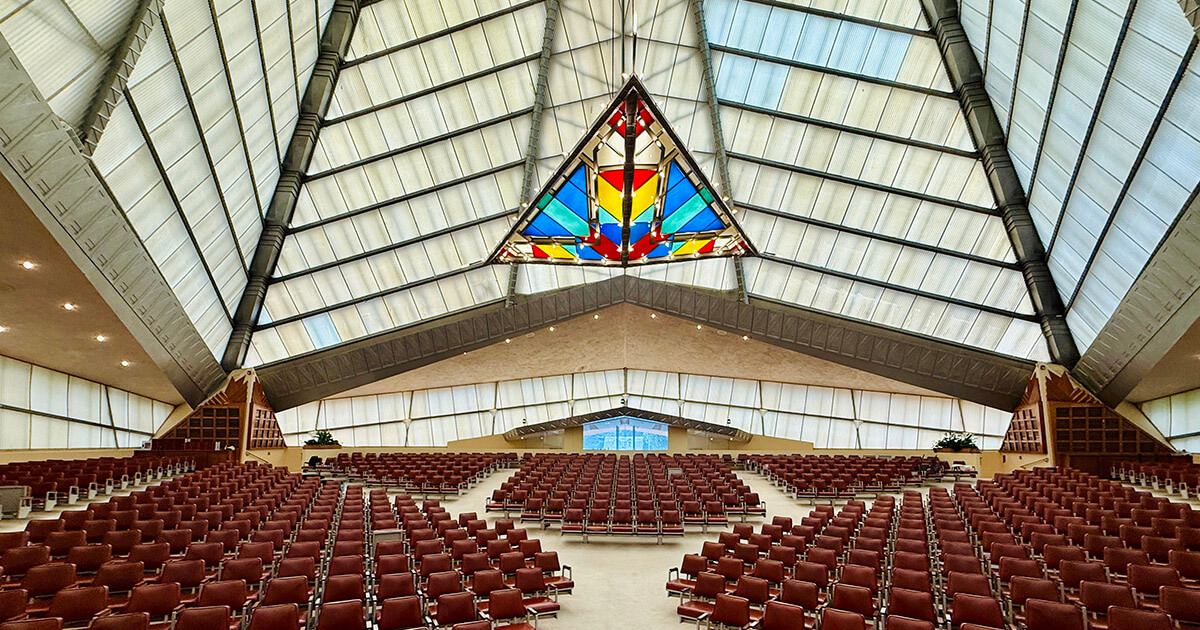
Frank Lloyd Wright’s Beth Sholom’s sanctuary is meant to evoke Mt. Sinai. Photo by Benyamin Cohen
Benyamin Cohen traveled to Elkins Park, Pennsylvania, and interviewed half a dozen people for this story. He has also been to Frank Lloyd Wright’s Fallingwater home seven times and dreams of one day becoming a docent there.
ELKINS PARK, Pa. — The only synagogue ever designed by famed architect Frank Lloyd Wright looks like a sanctuary pulled from scripture and pinned to a leafy street corner in Philadelphia.
This is Beth Sholom, a shul shaped like a mountain — literally — 110 feet high and wrapped in 1,500 glass panels. Wright wanted it to evoke Sinai — not just a memory of revelation, but the possibility of one.
That was 1959.
More than six decades later, the building still stands — improbable, impractical, and alive. And somehow, so does the congregation.
Today, parents drop off toddlers. Volunteers stock a food pantry. Worshippers wrap tefillin. Light filters down like something divine and deliberate.
At a time when suburban synagogues across the country are shrinking or shuttering, this one is growing. Fast. It has added 125 new member families in the last five years. Since the pandemic, its preschool has tripled in size and now enrolls more than 90 children. Its survival feels like both legacy and defiance.
The building may be a landmark to the past. But it holds a congregation facing forward.
Parenting, preschool and an audacious plan
Now in his 22nd year, Rabbi David Glanzberg-Krainin, 63, has overseen a quiet transformation. At its low point in 2020, the Conservative congregation counted around 400 families. Today, that number has climbed to 525 — a remarkable turnaround at a time when many non-Orthodox synagogues are struggling to hold steady.
The shift began with the preschool.
The synagogue launched a bold initiative: offer families up to 40% off tuition — with one condition. Each academic year, parents have to attend at least eight events outside school hours. A model Passover Seder. A parents-only Shabbat service with Torah study. A way in.
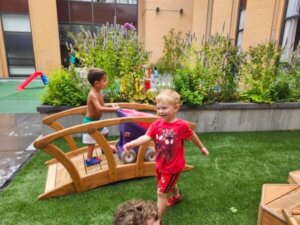
“It wasn’t about membership,” the rabbi said. “It was about relationships.”
It worked. This year’s graduating preschool class had 25 students. Twenty-four of the families stayed on as members.
Something else happened, too. Since the start of the Israel-Hamas war, many Jewish families — some unaffiliated, some disaffected — felt a gravitational pull. And they weren’t alone. The pandemic had already left behind what the rabbi called “an epidemic of loneliness.” Rising antisemitism added another layer of urgency. People weren’t just looking for programming; they were looking for connection. “A sense of belonging,” Glanzberg-Krainin said. “A place that feels Jewish and safe.”
That’s what Samantha Kuntz, 38, was searching for when she and her husband, Asa Kurland, moved from downtown Philadelphia to Elkins Park. They both work full-time and don’t have family nearby. But they had three young children — Iris, Wren and Henry — and a desire for something more.
“It’s created that village that we needed,” said Kuntz, who enrolled all three kids in Beth Sholom’s preschool. “It’s nice to have this larger network of friends. I have people I can call and say, ‘Let’s go to the park.’ It just feels big in a way I didn’t expect.”
That village goes beyond drop-off and pickup. It includes Friday morning breakfasts with other families, and parents-only Shabbat lunch-and-learns with the rabbi.
Kuntz, who holds a master’s degree in historic preservation from the University of Pennsylvania, also hopes to become more involved with efforts to maintain the iconic building. “I love being part of a congregation that is also a dedicated steward of such a significant piece of American history,” she said.
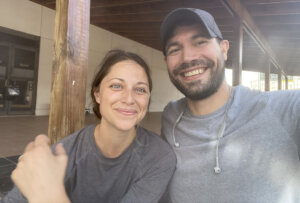
After preschool, they’re planning to stay. She and her husband plan to send the children to public school and enroll them in Beth Sholom’s K-7 Hebrew school — a way to keep that connection going.
For Rabbi Joy Levitt, a longtime Jewish educator and the former executive director of the Marlene Meyerson JCC in Manhattan, Beth Sholom’s model offers more than just a success story. It offers a roadmap.
“It’s fascinating,” Levitt said. “Because what they’re doing isn’t just good programming. It’s forming real relationships — parents with other parents, with clergy, with Jewish life itself.”
Levitt recently helped launch a national initiative to fund parent engagement programs at nine JCC preschools across the country. Her research showed that Jewish preschools often excel at reaching children, but fall short at sustaining families.
“The problem is, once the challah stops coming home in the cubby — when kindergarten starts — Shabbos stops happening,” she said. “So the grants we designed weren’t for Purim carnivals. They were about strengthening the Jewish muscles of parents, not kids.”
That meant Jewish book clubs, cooking classes, film nights — spaces where adults could connect to Judaism on their own terms. And, crucially, access to clergy. “Most JCC preschool parents aren’t synagogue members,” Levitt said. “When something happens — a death in the family, a crisis — they need a rabbi, too.”
Beth Sholom’s answer — offering deeply discounted tuition with the condition of active family involvement — struck her as unusually farsighted. “They’re not just running a program,” she said. “They’re building a community.”
What Beth Sholom has done, she added, is rare — and replicable.
A shofar and a Shapiro
That vitality is most visible on the High Holidays — when the sanctuary is full, the light shifts, and the building feels alive in ways that Wright’s plans never could have anticipated.
On Yom Kippur, just before sunset, the service turns inward.
The final prayers — Neilah, which means “locking,” for the gates of repentance that are believed to close as the day ends — are the culmination of the Day of Judgment, a final moment to ask who will be inscribed in the Book of Life, and who in the Book of Death. A closing argument to heaven. At Beth Sholom, that moment becomes more than metaphor.
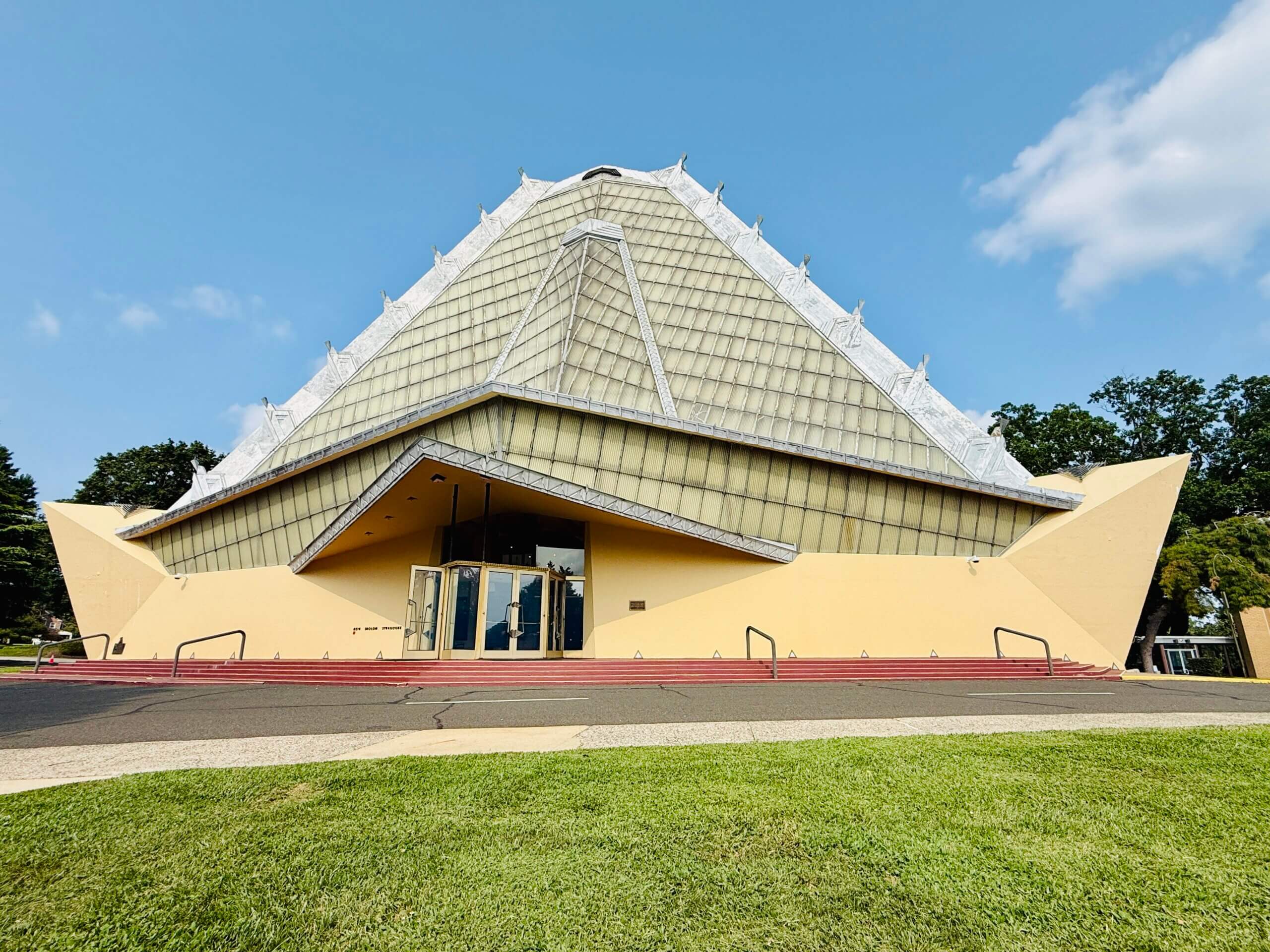
The glass ceiling — two-thirds of an acre in size — dims with the setting sun. Shadows stretch. The ark is opened. One by one, families come forward to stand before it, to offer personal prayers as the gates close.
One of those families is Pennsylvania Gov. Josh Shapiro’s.
He grew up in this synagogue. Had his bar mitzvah here. His parents still sit in the pews. And last Yom Kippur, as the light faded and the ark opened, he rose with his wife and children to offer a final prayer — then left, still carrying a sacred spirit, to campaign alongside Kamala Harris and Doug Emhoff.
Blueprints and burning bushes
Beth Sholom didn’t begin with blueprints. It began with a letter.
In the early 1950s, Rabbi Mortimer Cohen — just 5-foot-3, but full of big ideas — reached out to America’s most famous architect. Wright was in his 80s, still working, and famously selective. He had turned down other synagogues before. But something about Cohen’s pitch captured his attention.
Cohen wasn’t just asking for a building. He was asking for a vision: a sanctuary that would feel unmistakably Jewish and unmistakably American. A space that would root ancient tradition in modern form. A synagogue that would make people look up — and feel something.
Wright said yes.
In their letters, Wright described their unlikely collaboration as that of “congenial workers in the vineyard of the Lord.” A plaque at the entrance still honors the partnership: Conceived by Rabbi Mortimer J. Cohen. Designed by Frank Lloyd Wright.
It was one of the only times Wright ever shared formal design credit — and the only time he ever did so with a rabbi.
They set out to design a building that could hold a people’s past and project its future.
Wright’s design rejected every familiar cue: no columns, no arches, no stained glass depictions of Jewish life. Though a Unitarian, Wright immersed himself in Jewish tradition, working symbolic details into nearly every design element.
He envisioned something elemental — a luminous pyramid, sloped like Sinai, meant to draw the eye upward and the spirit with it.
The sanctuary wouldn’t sit flat, but descend in a shallow bowl, evoking the desert amphitheater where the Israelites once gathered at the foot of the mountain. Worshippers would feel not seated, but held. It was a cathedral-like space: grand, deliberate, and unlike anything congregants had ever seen.
He used desert colors: beige carpet for sand, burnt orange and brown upholstery for sunlit rock. The eternal light was shaped like a burning bush. The ark was cloaked in walnut — deep, warm, and dense — evoking the acacia wood of the wilderness tabernacle.
Etched above the ark is the Hebrew word kadosh (“holy”) repeated three times in subtly different metals, layered at three depths. From afar, it looks like a single word. But up close, the repetition becomes clear: a visual echo of the prophet Isaiah’s cry, “Holy, holy, holy is the Lord of Hosts; the whole earth is full of His glory.”
Three steel beams, angled like rays, soared skyward — one for each patriarch: Abraham, Isaac and Jacob — above a sanctuary that could seat 1,000 souls.
Glass, grants and grit
As the congregation grew, the building presented its own challenges.
Wright’s visionary design came with flaws — the biggest being the roof. Made of thousands of glass panels, it was never fully waterproof. It leaked when it opened in 1959. It still leaks now. On rainy days, staff place kiddie pools around the sanctuary to catch the drips.
Heating and cooling the space is just as difficult. The structure is virtually uninsulated. Energy bills spike in summer and winter. And like many of Wright’s buildings, repairs are costly and constant.
Around the time Beth Sholom was designated a National Historic Landmark in 2007, synagogue leaders created a separate nonprofit — the Beth Sholom Preservation Foundation — to protect the building and secure its future. As a 501(c)(3), the foundation can apply for grants, court philanthropists, and draw in Wright enthusiasts who might never join a synagogue but want to save one.
After working with consultants, they estimated it would take $20 million to restore the building — including repairing the roof and completing other critical upgrades. The state has committed more than $3 million in grants and, so far, the foundation has nearly secured pledges for another $7 million.
More than a monument
The congregation first moved to Elkins Park in the 1950s, part of a wave of Jewish migration from downtown Philadelphia to the suburbs. Now, some Jewish families are reversing course, moving back into the city. That shift raises long-term questions for suburban congregations like Beth Sholom.
“The synagogue is on solid footing,” Glanzberg-Krainin said. “I believe it’ll be here another 25 years, at least.”
But he knows geography shapes destiny. “We never can predict these migration patterns of where Jews are going to decide they want to live,” he added. “So that has a lot to do with what makes synagogues thrive or not thrive.”
And yet, Beth Sholom endures.
On weekday mornings, people gather in the daily chapel for minyan and breakfast. Down the hall, kids sing Hebrew songs in classrooms. On Shabbat, the now-swelling congregation gathers in Frank Lloyd Wright’s masterpiece. The dome above them — still jagged, still luminous — catches the light like it did the day it opened.
It stands not as a relic, but as a reminder.
That revelation — and reinvention — are possible.
